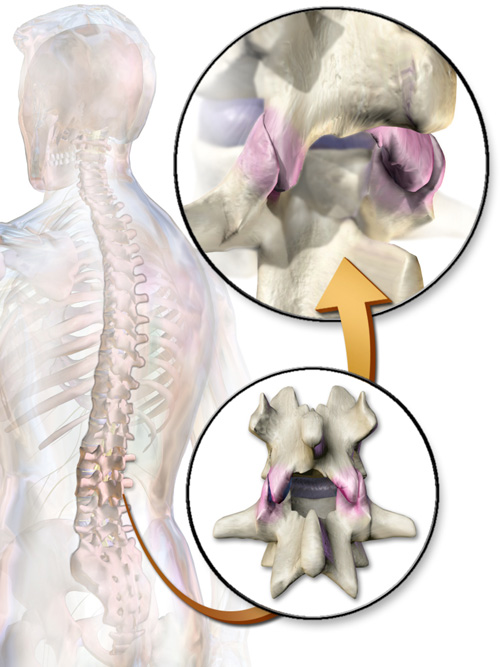Radiofrequency Ablation (RFA)

What Is Radiofrequency Ablation (RFA) of Medial Branch Nerves?
What Conditions Can Be Treated with RFA?
RFA can be used to treat various conditions associated with chronic pain, including:
- Facet Joint Pain: Persistent neck, mid-back, or lower back pain caused by arthritis or degeneration of the spine's facet joints.
- Spinal Osteoarthritis (Spondylosis): Progressive deterioration of the spine resulting in persistent pain.
- Neuropathic Pain: Pain resulting from irritated or damaged nerves in targeted, localized regions.
- Sacroiliac Joint Pain: Pain originating from the sacroiliac joints, which link the spine to the pelvis.
- Chronic Back Pain: Chronic lower back pain caused by conditions such as degenerative disc disease.

Benefits of RFA for Medial Branch Nerves
Reduced Dependence on Medications
Minimally Invasive
Long-Lasting Pain Relief
What to Expect During the Procedure
Preparation: Before the Procedure





During the procedure

The area for injection will be thoroughly cleaned with antiseptic solution to prepare a sterile field for the procedure. The physician will wear sterile gloves for the duration of the procedure.

Local anesthesia such as Lidocaine will be injected to numb the area (similar to the numbing you would receive at the dentist) to ensure comfort during the procedure.

You will lie on your stomach on a specially designed table, allowing the doctor easy access to your spine.

Using fluoroscopic (real-time X-ray) guidance, the doctor carefully positions a thin needle targeting the medial branch nerve.





After the Procedure: Post-Care




Risks and Side Effects
F.A.Q
General Questions
Most patients experience significant pain relief within 1 to 3 weeks as the treated nerve stops transmitting pain signals.
